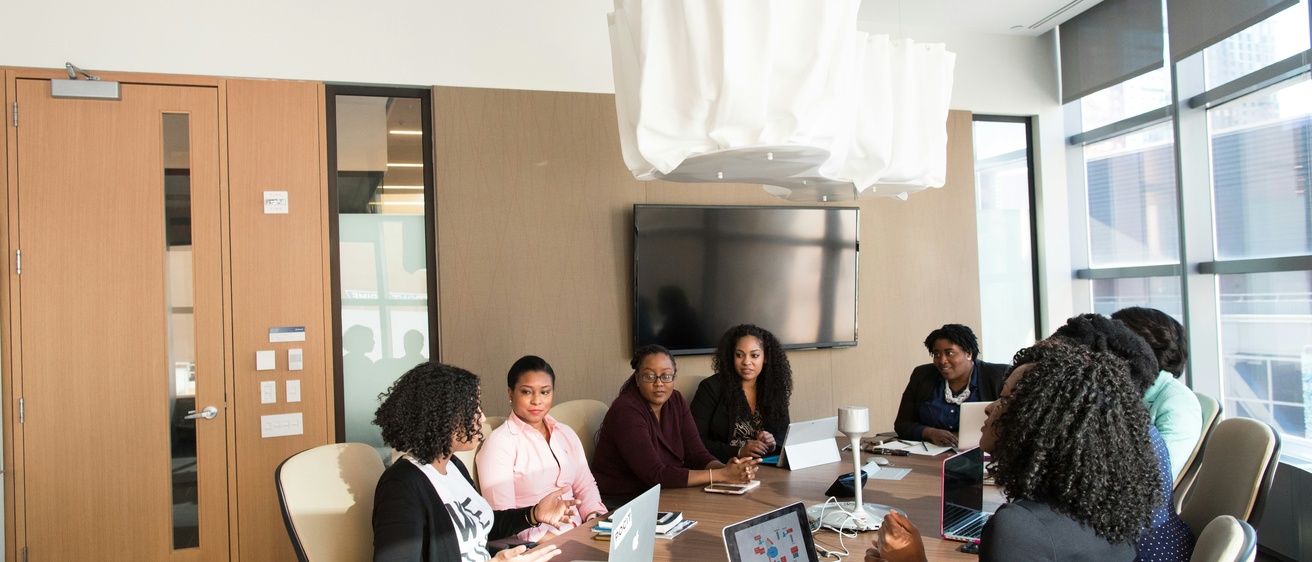The notion of the “real world” looms large in higher education. We toss this term around, often to increase buy-in from our students and stakeholders or to justify current policies and practices. The phrase “real world” is often used to refer to the “professional” world, “adult” world, or life after graduation. But what do we really mean by it? And is this characterization truly beneficial for students?
When we assume campus exists apart from reality, we minimize the importance of students’ (and everyone else’s) current growth and experiences. Learning and growing with peers are formative parts of life and the foundation for lifelong learning.
The notion of the “real world” is subjective and means different things to different people. For some students, school provides structure, security, and support missing from home environments. When I came to the U.S. to pursue graduate school, my university campus was my whole reality. That was my way to experience the “real world” on a global stage.
If we care about preparing students for life after graduation, we need to support their learning, which is enhanced by considering their well-being and humanity during their time on campus.
As instructors and staff members, we play a pivotal role in supporting student mental health and well-being. This includes building a culture of care and fostering positive relationships built on trust and compassion. We can promote awareness of campus mental health resources and design experiences that offer purposeful flexibility.
Framing education as mere preparation for careers is reductive; students are not just future workers. While cultivating professional skills matters, the college experience aims to enrich the whole person – intellectually, socially, emotionally. Contrasting the university world with the real world or separating the two doesn’t capture who Iowa students are: extremely busy people who often have jobs and other commitments, are involved in community life, and already know a lot about the world.
The following strategies include ways we can compassionately hold our students to high standards while creating the support they need:
Provide scaffolded experiences.
A common rationale for rigid policies and practices in higher education is that we must prepare students for an unjust world by replicating that injustice. The logic goes: If the "real world" is harsh, our expectations should be harsh. If it's competitive, we must stimulate competition. For example, some courses don’t allow retakes and redos or deadline extensions, because none of this is possible in the “real world.” As Joe Feldman notes in his book Grading for Equity: “Another common concern is that retakes make learning ‘soft,’ that it provides students with too fluffy a cushion compared to the ‘real world,’ where there are no retakes or redos. In the professional, adult world, do we get second chances? We sure do— all the time.” (Feldman, 2018, p. 178-179).
Modeling inequity does not build equity. Rather than mirroring a flawed system, we can take a compassionate approach focused on humanity and empowerment. This means creating spaces where all students feel safe to take risks, request help, advocate for themselves, and bring their whole selves. By refusing to replicate rigid and inequitable structures now, we equip students to dismantle them in the future. Our role is not to harden students through hardness. It is to nurture their full humanity through compassion.
2. Teach practical skills for self-advocacy and negotiation
Our versions of the professional world do not fit all students' lives and goals. Perpetuating limited views of success is constraining and limits student aspirations. The world is constantly changing and some systems are more flexible than they used to be. The finals week structure of condensed high-stakes deadlines and tests does not mirror most professional workplaces. In their careers, some graduates might not encounter weeks filled with back-to-back unmovable deadlines and high-pressure evaluations without any flexibility or opportunities to negotiate adjusted timelines. In the last few years, we’ve noticed much more flexibility in the professional world with hybrid and remote work arrangements, opportunities to negotiate, having grace periods, and more. The key is the ability to self-advocate and self-regulate, which is more critical than simply following a deadline.
3. Promote self-regulated learning
Self-regulated learning refers to an approach in which students can personally monitor, manage, and direct their own learning process through self-reflection, metacognition, motivation, and behavioral strategies. We can discuss developing independence, balance, a notion of shared accountability, and lifelong learning skills. We can foster meaningful learning experiences, reenvision authentic assignments (e.g., posters and podcasts), provide opportunities for service learning and experiential learning, design community engaged courses, and offer transparency around course expectations and reaching out for help. This means clearly communicating requirements and being upfront about supports available while providing guidance around how to navigate them.
It takes time and commitment to make these kinds of changes, and those of us who work to support students need our own strategies for living in grace.
With compassion and flexibility, we can create spaces where students feel supported now. Rethinking the “real world” allows us to focus on students’ humanity, not just their professional preparedness. Our goal should be to move beyond the notion of a harsh, competitive “professional world,” and instead foster empowerment so students can lead meaningful lives after graduation, on their own terms.
Resource:
Feldman, J. (2018). Grading for equity: What it is, why it matters, and how it can transform schools and classrooms.Corwin Press.
Cover image by Christina@wocintechchat.com
